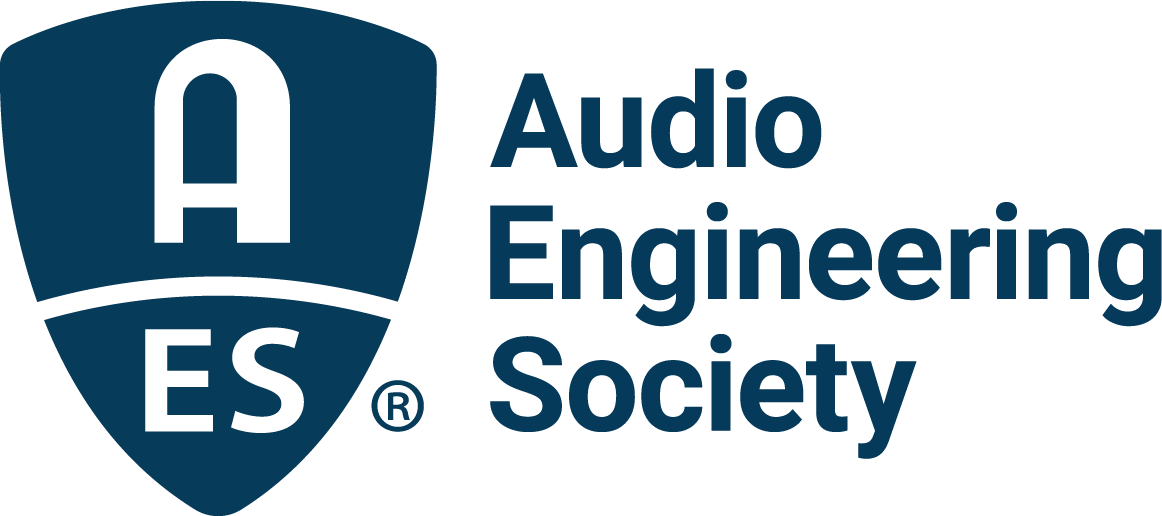Broadcasting audio embraces several techniques to qualify, playout and transmit audio signals to the end-users, by using multiple distribution networks. After decades of analog broadcasting, audio signals were digitized before the rise of the Internet allowed the individual streaming of content. Nowadays, broadcasters usually offer linear channels as well as streaming platforms for direct access to content on demand.
The AES Technical Committee for Broadcast and Online Delivery covers the sound engineering topics that follow:
- Digital terrestrial broadcasting of linear content such as TV and radio channels;
- Digital broadcasting of linear content over the Internet;
- On demand distribution “Internet streaming” of audio (podcasts) and audio for video content;
- Qualification and measurements of audio signals prior to and during broadcasting;
- Object-based audio applications in respect of broadcasting constraints such as limited bandwidth, various receiver capacities, rendering of immersive sound and interactivity features;
- Audio/video synchronization, also known as lipsync.
The Technical Committee also welcomes and supports many sessions at each AES convention. These tutorials and workshops driven by experts from the five continents present the continuous progress of knowledge and efficient practices to bring the best quality of experience to final listeners.
Broadcasting and online delivery topics also involve regular collaborations with other AES Technical Committees on Spatial Audio, Recording Technology and Practices, Coding of Audio Signals, Perception and Evaluation of Audio Signals and Automotive Audio.
The resources curated in this edition of AES Inside Track are intended to offer a useful introduction to some recent developments in the field, subdivided in places into Production and Delivery themes.

